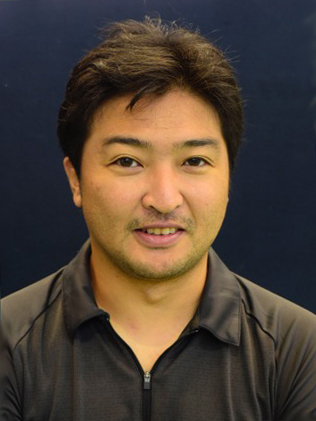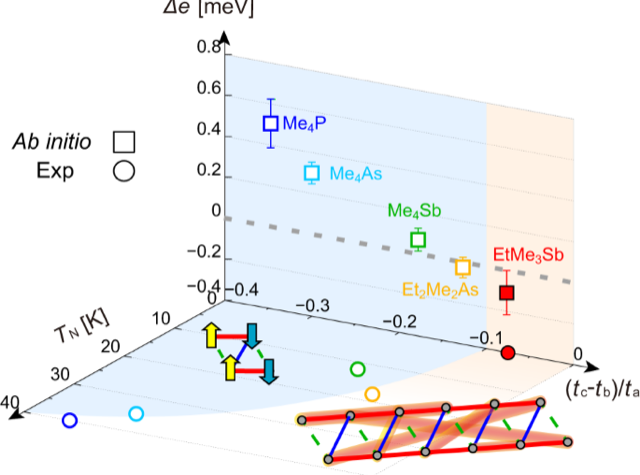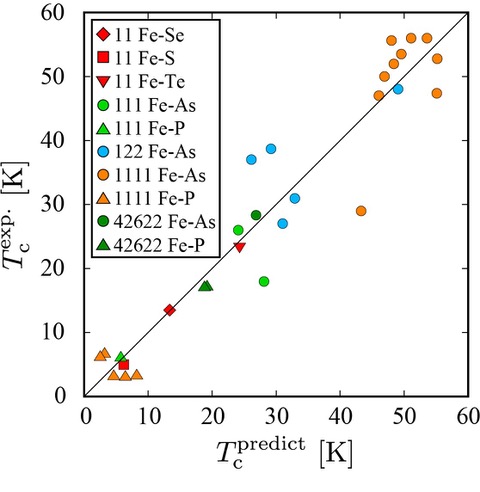Misawa Group

- Affiliation
-
Center of Computational Materials Science
(concurrent with Division of Data-Integrated Materials Science)
Research Subjects
- Development of numerical methods for quantum many-body systems
- Quantum transport phenomena in topological materials
- Quantum spin liquid・High-Tc superconductivity
- Data-driven research for strongly correlated electron systems
In strongly correlated electron systems in solids, which are typical examples of quantum many-body systems, many exotic quantum phases, such as high-temperature superconductivity and quantum spin liquids, emerge. It is a grand challenge of condensed matter physics to elucidate a deep understanding of the physics behind these exotic phenomena and to predict new phenomena and functions based on the understanding. In our laboratory, we tackle this challenging issue by combining state-of-the-art theoretical methods with large-scale numerical calculations using powerful supercomputers. In particular, we have developed an ab initio method for treating strongly correlated electron systems, which combines ab initio calculations with highly-accurate methods for solving quantum lattice models. By using this method, we have studied exotic quantum phases such as high-temperature superconductivity, quantum spin liquids and correlated topological phases. Recent examples of our work include the data analysis of ab initio effective Hamiltonians for iron-based superconductors and the study of quantum spin liquids in molecular solids. In addition, we are now conducting data-driven research using the ab initio method for strongly correlated electron systems.


